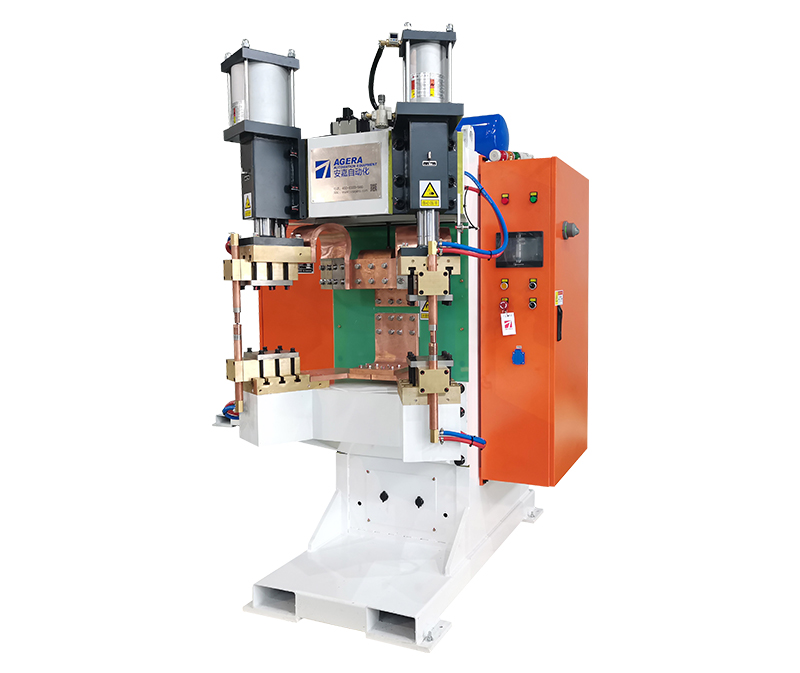The Big Revelation on Transformer Material Selection for Nut Spot Welding Machines
Selecting the right materials for the transformers in nut spot welding machines is a critical decision that can significantly impact the machine’s performance and durability. In this article, we unveil the secrets behind the material selection for these vital components, shedding light on the factors that determine their effectiveness and longevity.
- Core Material Selection:
The heart of any transformer is its core, and the choice of core material is paramount. Traditionally, transformers have employed laminated iron cores due to their excellent magnetic properties and low core loss. However, new-age materials like amorphous metals are gaining popularity for their higher efficiency and lower losses. The selection between these materials depends on the specific requirements of the welding machine.
- Copper vs. Aluminum Windings:
The windings in a transformer carry the electrical current, and the choice between copper and aluminum windings is a crucial one. Copper offers superior electrical conductivity, but aluminum is often chosen for its cost-effectiveness. Engineers must balance the performance and budgetary constraints when making this decision.
- Insulating Materials:
The insulation between windings and the core is crucial for preventing electrical breakdown. Materials like Nomex, Mylar, and pressboard are commonly used. Selecting the appropriate insulating material is crucial to ensure long-term reliability and safety.
- Cooling Mechanisms:
Transformers in nut spot welding machines can generate a significant amount of heat during operation. Effective cooling mechanisms are essential to prevent overheating and ensure the transformer’s longevity. Common cooling methods include natural convection, forced air cooling, and oil-immersed cooling.
- Environmental Considerations:
Operating conditions and the environment in which the welding machine will be used play a significant role in material selection. Some materials are better suited for harsh environments, while others excel in controlled conditions. Engineers must consider factors such as temperature, humidity, and exposure to contaminants.
- Size and Weight Constraints:
The physical dimensions and weight of the transformer can impact the overall design and portability of the welding machine. Selecting materials that meet the size and weight constraints is crucial, especially for mobile welding equipment.
- Cost and Efficiency Trade-offs:
Finally, cost and efficiency considerations often guide material selection. While high-end materials may offer superior performance, they can be costly. Engineers must strike a balance between achieving the desired performance and staying within budget constraints.
In conclusion, the material selection for transformers in nut spot welding machines is a multifaceted process that involves a careful evaluation of performance, cost, and environmental factors. By understanding the intricacies of transformer material selection, engineers can ensure that these critical components operate efficiently and reliably, ultimately contributing to the success of the welding process.
